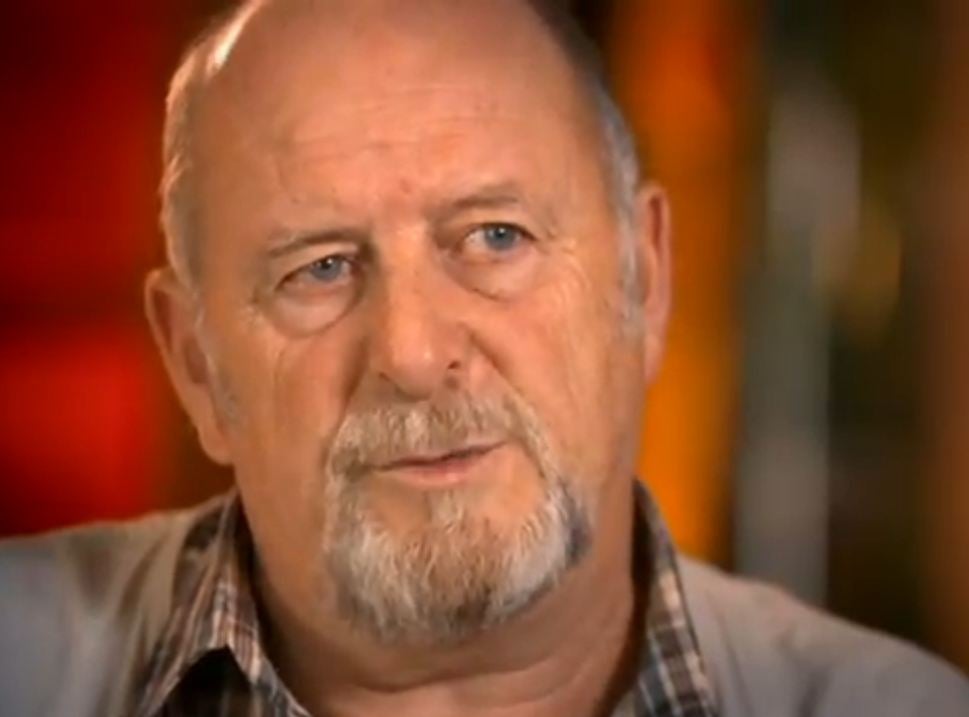French spy who sabotaged the Greenpeace's Rainbow Warrior ship apologises
Former secret service agent, Jean-Luc Kister, has apologised for his role in the sinking which lead to the death of a Portugese photographer

Your support helps us to tell the story
From reproductive rights to climate change to Big Tech, The Independent is on the ground when the story is developing. Whether it's investigating the financials of Elon Musk's pro-Trump PAC or producing our latest documentary, 'The A Word', which shines a light on the American women fighting for reproductive rights, we know how important it is to parse out the facts from the messaging.
At such a critical moment in US history, we need reporters on the ground. Your donation allows us to keep sending journalists to speak to both sides of the story.
The Independent is trusted by Americans across the entire political spectrum. And unlike many other quality news outlets, we choose not to lock Americans out of our reporting and analysis with paywalls. We believe quality journalism should be available to everyone, paid for by those who can afford it.
Your support makes all the difference.The bomber behind the sinking of a Greenpeace ship off the coast of New Zealand 30 years ago has apologised for his actions for the first time.
Jean-Luc Kister, a French secret service agent, went on the Sunday programme of TVNZ, a New Zealand broadcaster, to apologise for his role in sinking the Rainbow Warrior in July 1985 which led to the death of a Portuguese photographer on board.
He told the programme "I would like to to take this opportunity to express my deepest regret” and said the death of Fernando Pereira was an "unfortunate accident".
The destruction of the vessel was "an unfair, clandestine operation conducted in an allied, friendly and peaceful country" he added.

He said he had decided to apologise now because the act was weighing on his conscience and said they knew it was “like using boxing gloves to crush a mosquito” but they had to obey orders because they were soldiers.
Mr Kister was part of a 12 member team who attached two “limpet mines” to the hull of Greenpeace’s ship while it was docked in the Port of Auckland.
One of the team was Gerald Royal, the brother of the current French environment minister and former partner of President François Hollande, Segolene Royal, according to the BBC.
The ship was on its way to protest against French nuclear testing in the Mururoa atoll in French Polynesia.

Only two members of the team responsible for the attack, Dominique Prieur and Alain Mafart, were ever convicted.
They were found guilty of manslaughter and were sentenced to 10 and seven years each but only served two years on the a base in French Polynesian island of Hao after a UN negotiation.
Join our commenting forum
Join thought-provoking conversations, follow other Independent readers and see their replies
Comments